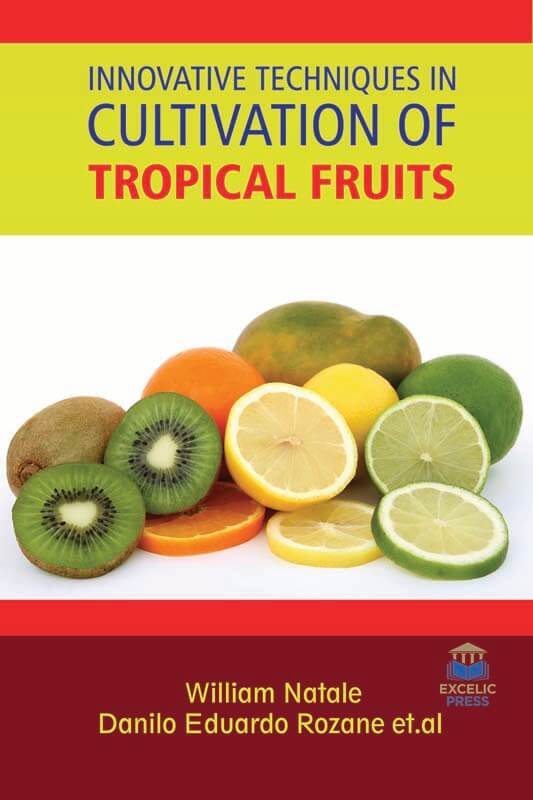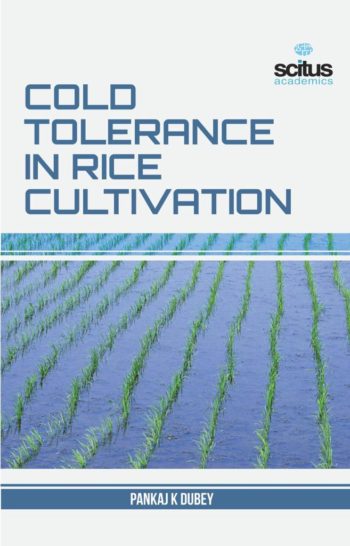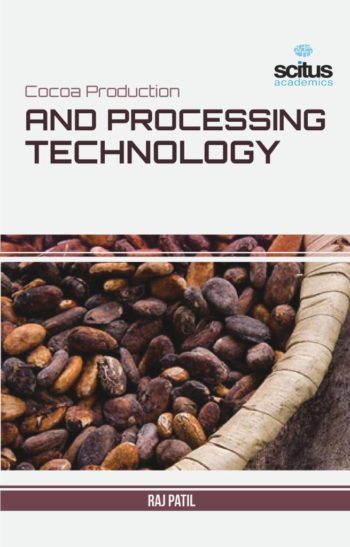Fruit trees, like all other perennials, keep producing for many years in practically the same volume of soil, which is the reason why soil acidity requires special attention. Therefore, it is important to study the effects on orchards of soil acidity correction, especially through liming, by monitoring soil chemistry and the response of the trees. Better knowledge in this respect can improve fruit crop productivity that translates into higher profits for farmers.
This book compiles state of the art information on current developments in the breeding and the farming of key tropical and subtropical fruits. Kiwifruit is largely consumed as fresh but it is also available in processed forms as juices, fortified drinks, candies, dehydrated and lyophilized products. Kiwifruit is also minimally processed to provide consumers with ready to eat products. Different preservation techniques have been used so far to preserve minimally processed kiwifruit. Here in this book, readers will find some of these techniques.
Management practices and postharvest treatments are required to ensure that the fruits will be free of larvae. In this chapter, the main species of weevils in the most important tropical fruit are included, such as avocado, coffee, guava and pineapple fruits. Weevils of economic and quarantine importance are considered. The evaluation of the new cultivars adaptation and yield potential of Mangifera indica L. provides tools to assist and improve the mango production in different climates conditions. This book also aimed to evaluate the phenological and reproductive development of five mango cultivars (Bourbon, Haden, Palmer, Parwin and Tommy Atkins), on climate conditions in dry land and four production cycles.
A review for domestication and genetics of papaya, gene technology for papaya ringspot virus disease management, and combined effects of fertilizer, irrigation, and paclobutrazol on yield and fruit quality of mango is also presented. The productive potential of litchi is impacted by photo-assimilate supply from the recurrent flushes on the bearing shoots and the environmental conditions during the reproductive growth. In recent years, several early-maturing litchi cultivars have been developed for the benefits of the litchi industry. Potential problems and respective solutions should be considered for the early flowering phenology of these cultivars in comparison with the traditional cultivars. In the present chapter, results about the efficacy of chitosan (Chi) on sporulation, mycelial growth, germination, as well as quality parameters on fruits are shown. The results demonstrate that chitosan can control various phytopathogen isolates from diverse fruits. The pathogens in the genera Colletotrichum, Fusarium, and Rhizopus are involved in important postharvest disease losses throughout the world. In this sense, the book aims to focus on the research of alternative and effective methods for controlling postharvest diseases. The objective of this book is to summarize information about the application of chitosan with other alternative methods, including GRAS substances and the use of nanotechnology, against important fungi that affect tropical and subtropical fruits. The targeted audience of this book includes researchers and professionals dealing with the horticulture field.














Reviews
There are no reviews yet.